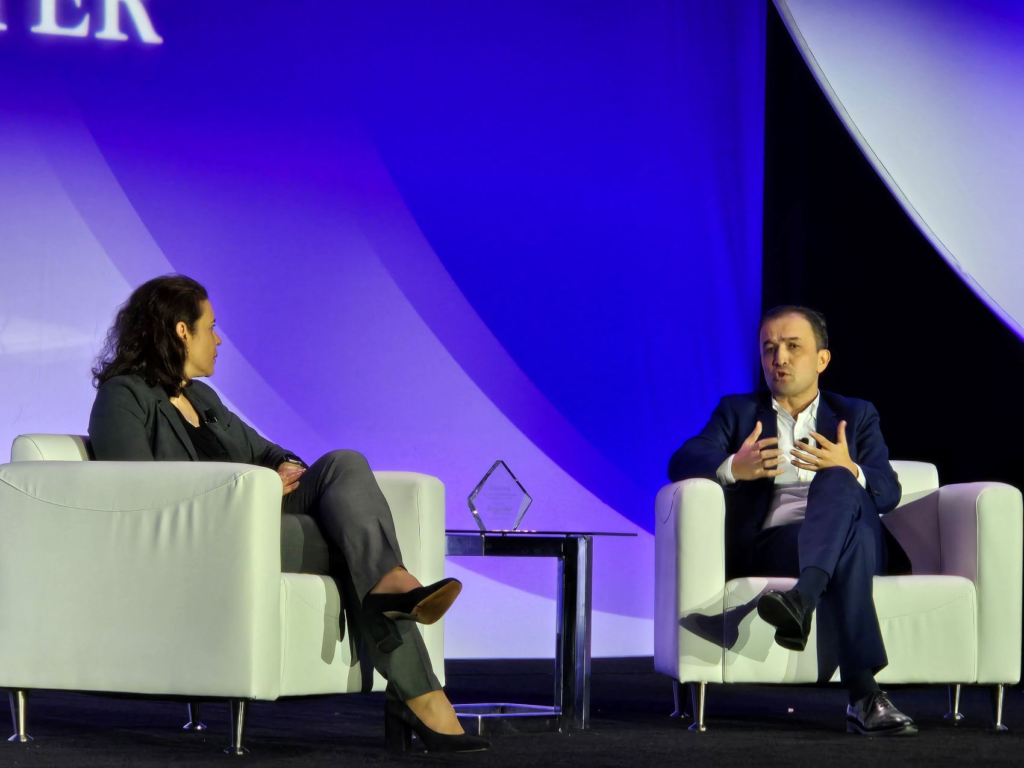8 Things That Need To Scale Better in 2025
As businesses grow and tech stacks become more complex, scalability remains a top issue. “Companies face significant challenges scaling across both physical and virtual spaces. While a holistic approach to operations across regions provides advantages, it also introduces complexity,” says Dustin Johnson, CTO of advanced analytics software provider Seeq. “The cloud can assist, but it’s not always a one-size-fits-all solution, especially regarding compute needs. Specialized resources like GPUs for AI workloads versus CPUs for standard processes are essential, and technologies like Kubernetes allow for effective clustering and scaling. However, applications must be designed to fully leverage these features, or they won’t realize the benefits.” The variety of technologies involved creates significant complexity. “Today, a vertically integrated tech stack isn’t practical, as companies rely on diverse applications, infrastructure, AI/ML tools and third-party systems,” says Johnson. “Integrating all these components — ensuring compatibility, security, and scalability — requires careful coordination across the entire tech landscape. A common mistake is treating scalability as a narrow technology issue rather than a foundational aspect of system design. Approaching it with a short-term, patchwork mentality limits long-term flexibility and can make it difficult to respond to growing demands. Related:Tech Company Layoffs: The COVID Tech Bubble Bursts Following are some more things that need to scale better in 2025. 1. Processes A lot of organizations still have manual processes that prevent velocity and scale. For example, if a user needs to submit a ticket for a new server to implement a new project, someone must write the ticket, someone receives the ticket, someone must activate it, and then something must be done with it. It’s an entire sequence of steps. “That’s not a scalable way to run your environment so I think scaling processes by leveraging automation is a really important topic,” says Hillery Hunter, CTO and GM of innovation at IBM and an IBM Fellow. “There are a bunch of different answers to that [ranging] from automation to what people talk about, such as is IT ops or orchestration technologies. If you have a CIO who is trying to scale something and need to get permission separately from the chief information security officers, the chief risk officer or the chief data officer team, that serialization of approvals blocks speed and scalability.” Organizations that want to achieve higher velocities should make it a joint responsibility among members of the C-suite. Related:Things CIOs and CTOs Need To Do Differently in 2025 “You don’t just want to automate inefficient things in your organization. You really want to transform the business process,” says Hunter. “When you bring together the owners of IT, information, and security at the same table, you remove that serialization of the decision process, and you remove the impulse to say no and create a collective impetus to say yes because everyone understands the transformation is mutual and a team goal.” 2. IT operations IT is always under pressure to deliver faster without sacrificing quality, but the pressure to do more with less leaves IT leaders and their staff overwhelmed. “Scalability needs to be done though greater efficiency and automation and use things like AIOps to oversee the environment and make sure that as you scale, you maintain your security and resiliency standards,” says Hunter. “I think re-envisioning the extent of automation within IT and application management is not done until those processes break. It’s maybe not investing soon enough so they can scale soon enough.” 3. Architectures In the interest of getting to market quickly, startups might be tempted to build a new service from existing pre-made components that can be coupled together in ways that “mostly fit” but will demonstrate the business idea. This can lead to unintentionally complicated systems that are impossible to scale because of their sheer complexity. While this approach may work well in the beginning, getting business approval later to completely re-architect a working service that is showing signs of success may be very difficult. Related:How CIOs Can Contribute to Corporate Strategy “First of all, be very careful in the architectural phase of a solution [because] complexity kills. This is not just a reliability or security argument, it is very much a scalability argument,” says Jakob Østergaard, CTO at cloud backup and recovery platform Keepit. “A complex structure easily leads to situations where one cannot simply ‘throw hardware at the problem’ this can lead to frustrations on both the business side and the engineering side.” He advises: “Start with a critical mindset, knowing that upfront investment in good architecture will pay for itself many times over.” 4. Data visibility Organizations are on a constant mission to monetize data. To do that they need to actively manage that data throughout the entire lifecycle at scale. “While cloud computing has gained popularity over the past few decades, there is still a lot of confusion, resulting in challenges including understanding where your cloud data lives, what it contains, and how to ensure it is properly protected,” says Arvind Nithrakashyap, co-founder and CTO at data security company Rubrik. “When it comes to scalability one blind spot is unstructured and semi-structured data.” Unstructured data poses a security risk, as it can contain sensitive business data or personally identifiable information. And since all unstructured data is shared with end-user applications using standard protocols over TCP/IP networks, it’s a prime target for threat actors. Since most companies have hybrid and multi-cloud implementations IT needs to understand where sensitive data is, where it is going and how it is being secured. “One of the toughest hurdles for organizations whose unstructured data portfolio includes billions of files, and/or petabytes of data, is maintaining an accurate, up-to-date count of those datasets and their usage patterns,” says Nithrakashyap. “[You need to understand] things [such as] how many files [exist], where they are, how old they are, and whether they’re still in active use. Without reliable, up-to-date visibility into the full spectrum of critical business files, your organization can easily be overwhelmed by the magnitude of your data footprint, not knowing where critical datasets
8 Things That Need To Scale Better in 2025 Read More »













